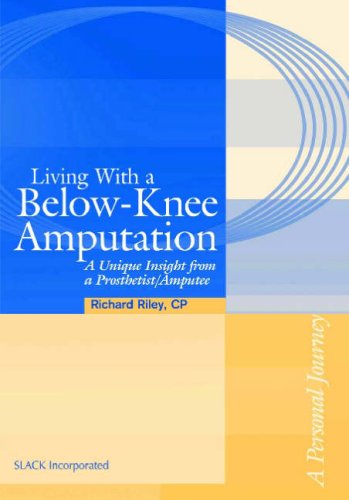

Most ebook files are in PDF format, so you can easily read them using various software such as Foxit Reader or directly on the Google Chrome browser.
Some ebook files are released by publishers in other formats such as .awz, .mobi, .epub, .fb2, etc. You may need to install specific software to read these formats on mobile/PC, such as Calibre.
Please read the tutorial at this link. https://ebooknice.com/page/post?id=faq
We offer FREE conversion to the popular formats you request; however, this may take some time. Therefore, right after payment, please email us, and we will try to provide the service as quickly as possible.
For some exceptional file formats or broken links (if any), please refrain from opening any disputes. Instead, email us first, and we will try to assist within a maximum of 6 hours.
EbookNice Team

Status:
Available5.0
33 reviewsLiving with a Below-Knee Amputation: A Unique Insight from a Prosthetist/Amputee provides an insightful look at the entire spectrum of the below knee experience from amputation to rehabilitation. As a prosthetist for 22 years, author Richard Riley uses real life examples to answer many of the questions facing amputees.
В
The information is structured in a manner that permits quick, easy access to an array of topics. Living with a Below-Knee Amputation not only discusses the psychosocial and physical issues; it also clearly explains the role of the medical professional and the complexities of constructing a prosthetic device during each phase of rehabilitation. Images are also included to display all of the available options and components of an artificial leg.
В
Some topics inside Living with a Below-Knee Amputation include amputation surgery, pain, postoperative care, therapy, purpose and design, fittings, maintenance and hygiene, integration of the prosthesis, child amputees, and recreation and sports.
В
The unique perspective used by the author helps physical therapists, occupational therapists, physicians, orthopedic surgeons, and rehabilitation professionals better identify and relate to their patients. By understanding the amputee’s emotions and expectations, the professional can cohesively work together with their patients to identify ways for reintegration into their lifestyle.